How to Disable Hardware Acceleration in Windows 7, 8, 8.1 and 10
Hardware Acceleration basically refers to using a computer’s hardware to perform a specific task (that is usually performed by software, not hardware) faster and better. In almost all cases, Hardware Acceleration is used to make the rendering of graphics on a computer smoother and faster by offloading graphic rendering responsibilities onto the computer’s graphics hardware (its Graphics Processing Unit) instead of software and its CPU (Central Processing Unit). The idea behind Hardware Acceleration is to speed up graphic performance and rendering and making it better by moving it from the CPU to the GPU, allowing for better performance.
Hardware Acceleration has been proven to allow for better graphics performance, but that does not mean that it is a feature that ALL Windows computers need. While Windows does have Hardware Acceleration enabled by default, it is entirely possible and actually pretty easy to disable Hardware Acceleration. Turning Hardware Acceleration will cause applications to be run in software rendering mode, meaning that all graphics will be rendered by software and the computer’s CPU and no graphics rendering work will be outsourced to the GPU. Disabling Hardware Acceleration on all currently supported versions of the Windows Operating System (Windows 7, 8, 8.1 and 10) is pretty similar, although users can go about disabling Hardware Acceleration two different ways:
Method 1: Disabling Hardware Acceleration from your computer’s Display settings
Here’s how you can disable Hardware Acceleration on your computer from its Display settings:
- Right-click on an empty space on your computer’s Desktop.
- Click on Personalize.
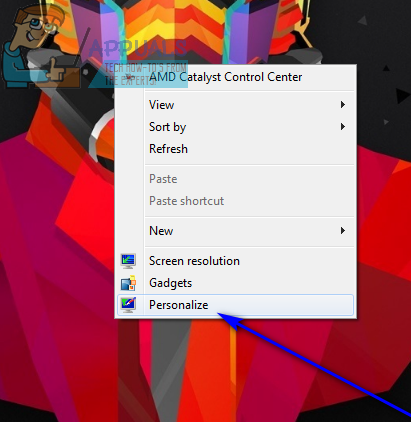
- In the left pane of the window that appears, click on Display.
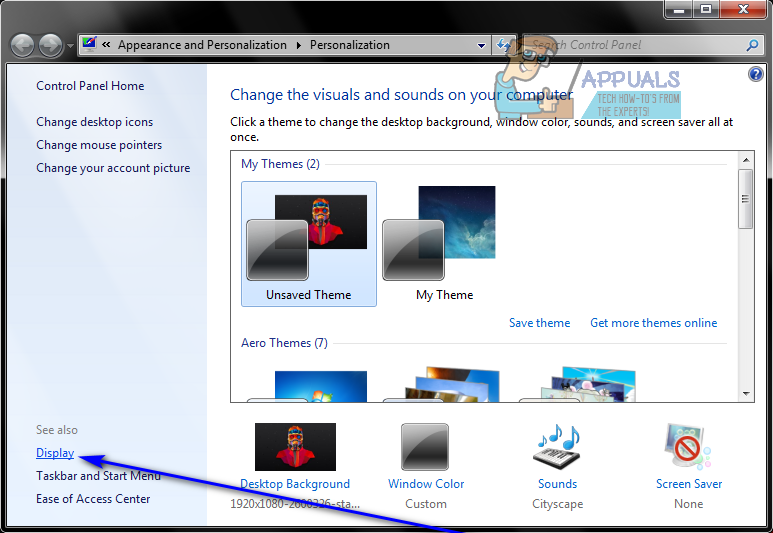
- In the left pane of the next window, click on Change display settings.
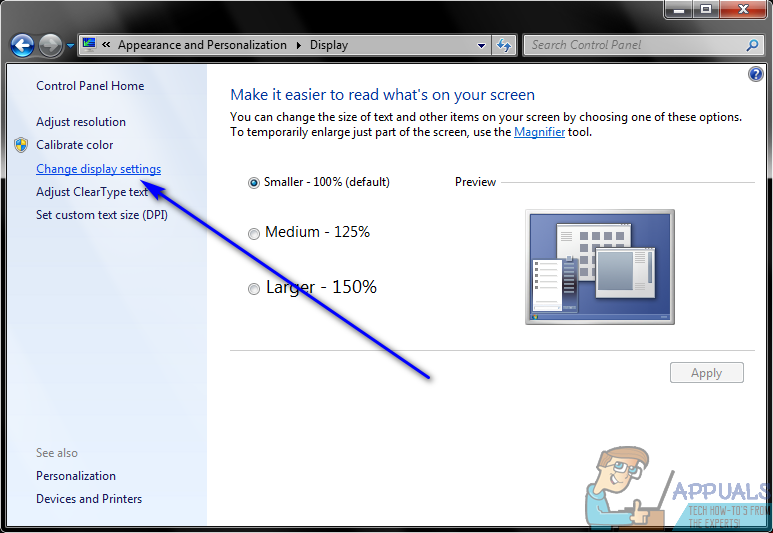
- Click on Advanced settings.
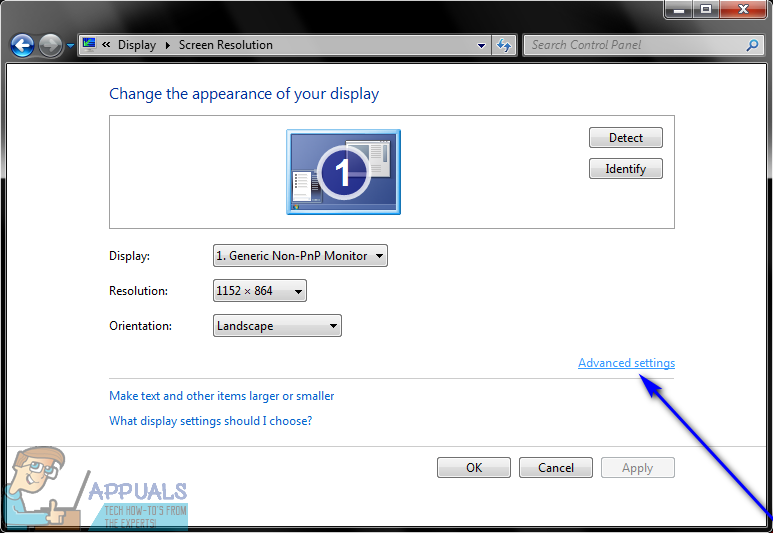
- Navigate to the Troubleshoot tab.
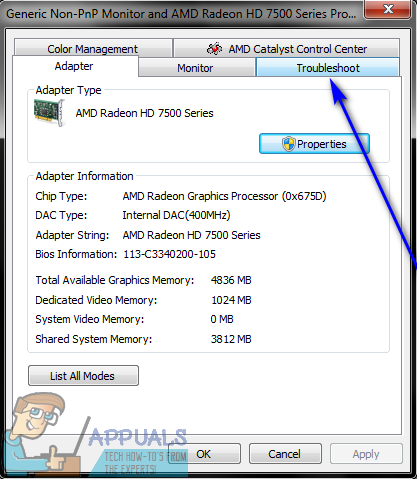
- Click on Change settings. If the Change settings button is grayed out, your computer’s current graphics hardware does not allow for users to tinker around with Hardware Acceleration settings, at least not from here.
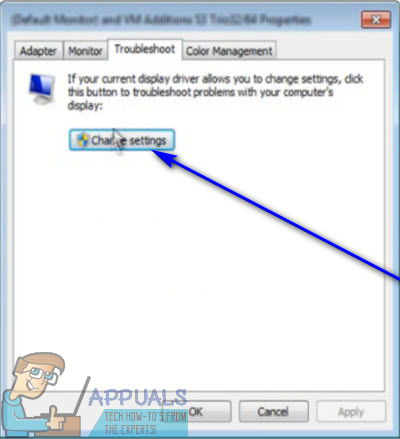
- Under the Hardware Acceleration section, move the slider all the way to the left, to None. Moving the slider all the way to None will completely disable Hardware Acceleration.
- Click on OK.
- Click on Apply and then on OK.
- Click on Apply and then on OK.
- Restart your computer to have the changes applied. When the computer boots up, Hardware Acceleration will be disabled.
Method 2: Disabling Hardware Acceleration from your computer’s Registry
If Method 1 doesn’t work for you or if the Change settings button in the Troubleshoot tab is grayed out for you, fear not – you can still try and disable Hardware Acceleration in your computer’s Registry. To do so, you need to:
- Press the Windows Logo key + R to open a Run dialog.
- Type regedit into the Run dialog and press Enter to open the Registry Editor.
- In the left pane of the Registry Editor, navigate to the following directory:
HKEY_CURRENT_USER > Software > Microsoft
- In the right pane of the Registry Editor, click on the Avalon.Graphics sub-key under the Microsoft key to having its contents displayed in the right pane.
- In the right pane of the Registry Editor, check to see if a DWORD value titled DisableHWAcceleration exists. If the DWORD value exists, it will probably have a value of 0. Simply double-click on it to modify it, replace whatever is in its Value data: field with 1, and click on OK.
If the DisableHWAcceleration value does not exist, right-click on an empty space in the right pane of the Registry Editor, hover over New and click on DWORD (32-bit) value, name the new DWORD value DisableHWAcceleration, double-click on the newly created value to modify it, replace whatever is in its Value data: field with 1 and click on OK. - Close the Registry Editor.
- Restart your computer to have the changes you made take effect.